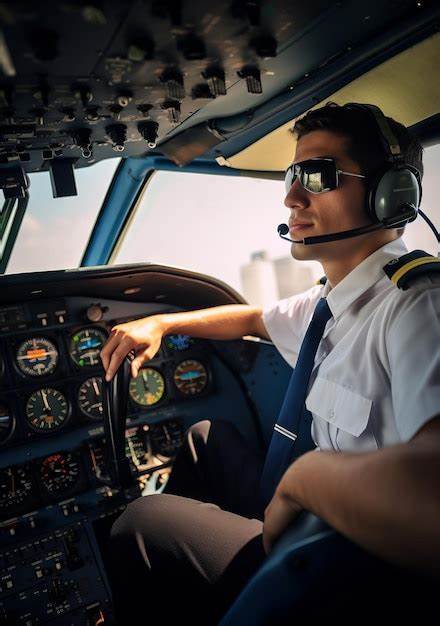Home » Radio Telephony Ground Training

Radio Telephony Restricted (Aeronautical) licence examination is conducted by the Wireless Planning and Coordination (WPC) Wing of Department of Communications (DOT), Ministry of Communications and Information Technology, Government of India.
It is a Certificate of Proficiency (COP) examination and upon successfully passing the examination, a COP and Licence will be issued by the WPC which confers the privilege of operating the radio navigation equipment installed on an aircraft (aero mobile station).
Eligibility for admission to the examination is matriculation and while applying for the examination, the candidate must be minimum eighteen years of age.
The examination will consist of the following two parts:
A practical test will be conducted over a synthetic R/T circuit. Candidates will be required to use phonetic alphabets and general procedure for radio telephone working. Candidates will be required to carry out communications associated with mobile and/or base stations. Typical examples of what the candidates are expected to carry out are: preparation of messages for transmission, exchange of traffic, use of priorities requesting D/F assistance, obtaining meteorological information, position reports, distress, urgency, safety and D/F procedure.
Regulations and Procedure
Radio Principles & Practice
Note :-
The maximum marks in each Part I and II is 100 and minimum pass is 50 in individual parts. Candidates who do not qualify in Part I will be considered failed in the R/T examination.